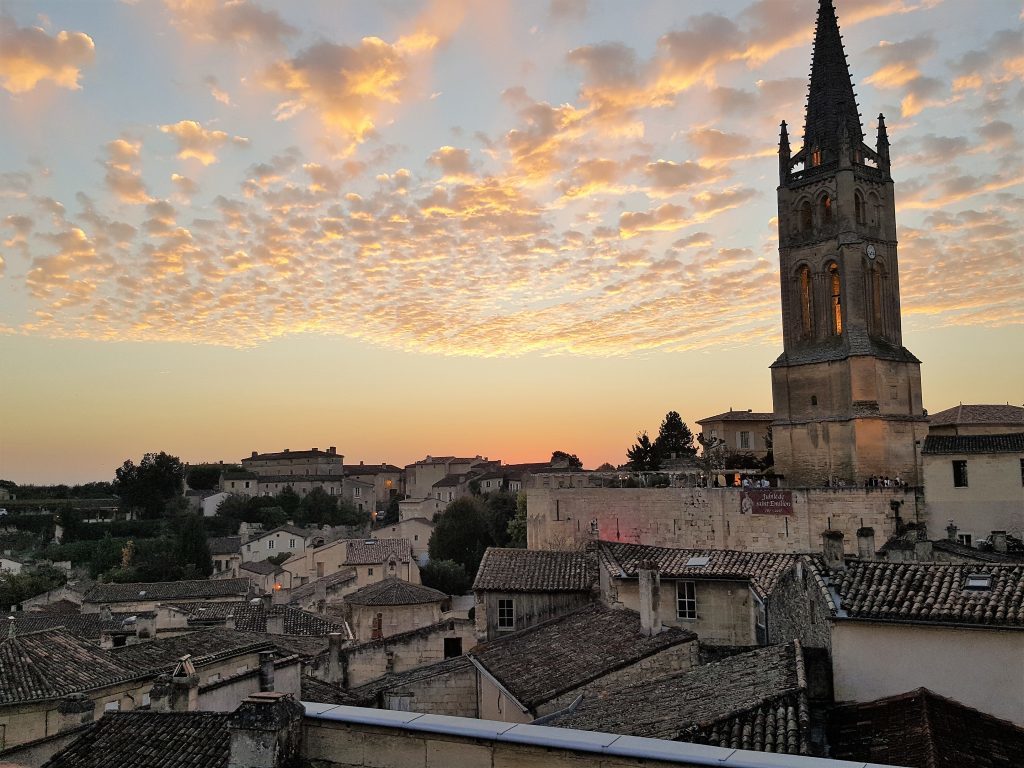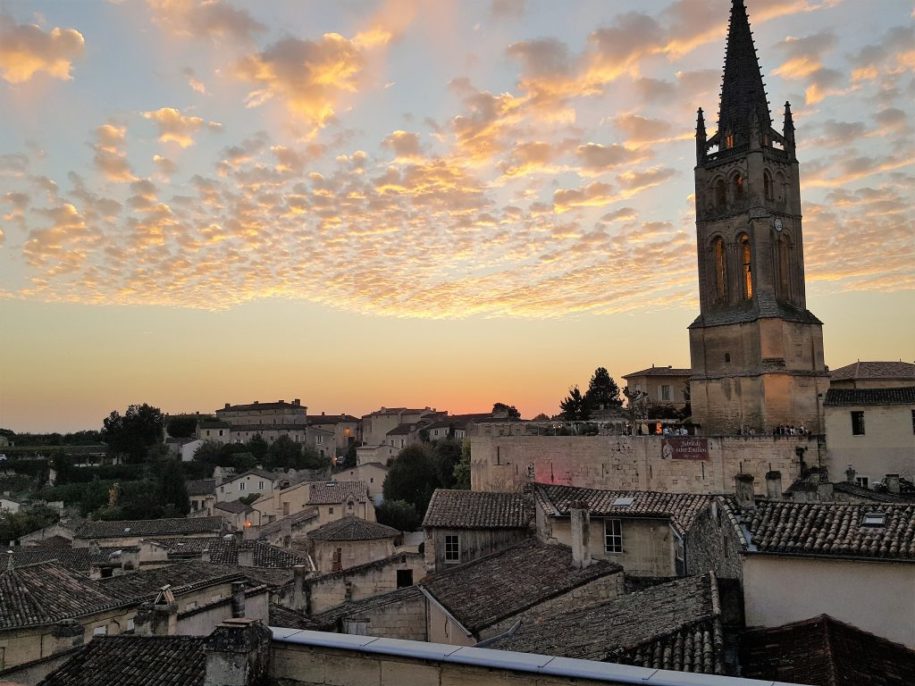
Saint Émilion: a historic citadel, home to wines of historical importance
1300 years ago, a remarkable man- famous in his native Brittany for having performed many miracles- made his way south in search of a place where he might settle and dedicate his life to prayer. He chose a small settlement on a hill north of Bordeaux. The settlement was previously known as as Ascumbas; little did he know that it would in fact be his name that would become known around the world, adorning the labels of some of the most prestigious wines the world has ever produced.
Regardless, it was the monks who followed Émilion to his newly-built hermitage that began commercial wine production in this region, a production which made the fortune of the town that blossomed in the medieval period under English rule.
The Historical Village, a UNESCO World Heritage Site
In 1999, the village was listed as World Heritage Site for its cultural importance, notably for its historical traces and importance in the world of viticulture.

The history is visible everywhere. A walk around the town is a trip back in time. The village is peppered with landmarks such asthe old defensive watchtower la tour des rois, the old monastic cloister on top of the hill that produces effervescent wines, a giant arch among the vines that hints at the size of the monastery that once stood there, and then there’s the pièce de résistance: the monolithic church that dates from the 12th century.
The cultural history of the village is rich, but even this is almost outshone by the history of the many vineyards that have made the name Saint-Émilion famous around the world.
Surrounding the Saint-Émilion appellation are smaller appellations that are known as The Saint-Émilion Satellites: Lussac-Saint-Émilion, Montagne-Saint-Émilion, Puisseguin-Saint-Émilion, and Saint-Georges-Saint-Émilion. And that’s to say nothing of its highly distinguished neighbour, the renowned appellation of Pomerol…
What’s special about the wine?
Like most Bordeaux right bank wines, the ones produced in Saint-Émilion and its satellites are merlot-dominated blends. They generally are composed of 60% Merlot, almost 30% Cabernet Franc and approximately 10% Cabernet Sauvignon.

That said, the range of soils across the appellation creates an enormous diversity in the wines of Saint-Émilion, perhaps the largest diversity found in any of Bordeaux’s appellations.
The majority of châteaux ranked higher up in the Saint-Émilion classification are found on the limestone-rich plateaus under and around the village. As you get to the bottom of the slopes the soil becomes gravelly and sandy, which changes the characteristics of each grape varietal, as does the clay found under the topsoil on the eastern side of the appellation. Hence the importance of the appellations!
How can you tell which are the best?
The classification system here is often compared to the Bordeaux Official Wine Classification of 1855, a system used for ranking the wines on the other side of the Garonne. The left bank system hasn’t changed in over 160 years, with a very small number of exceptions.
The four highest ranked wines- the Premier Grand Cru Classé A wines in Saint-Émilion are Château Angélus, Château Ausone, Château Cheval Blanc and Château Pavie. Cheval Blanc is held up as the greatest Saint-Émilion wine producer by many wine lovers.
Why visit?

If you’re not already sold on the history, the culture, the village is a tourist hotspot for its artisanal shops and gastronomy. Michelin-starred restaurants are dotted around the area, including in the centre of the village. Artists, knife makers, carpenters and macaroon bakersline the charming old streets and the rocky paths that connect the lower and higher parts of town.
It’s a wonderful place to take a stroll and the perfect place to indulge the senses. If you’re staying in or around Bordeaux, it would be a shame to miss out on this remarkable testament to Aquitaine’s heritage.

